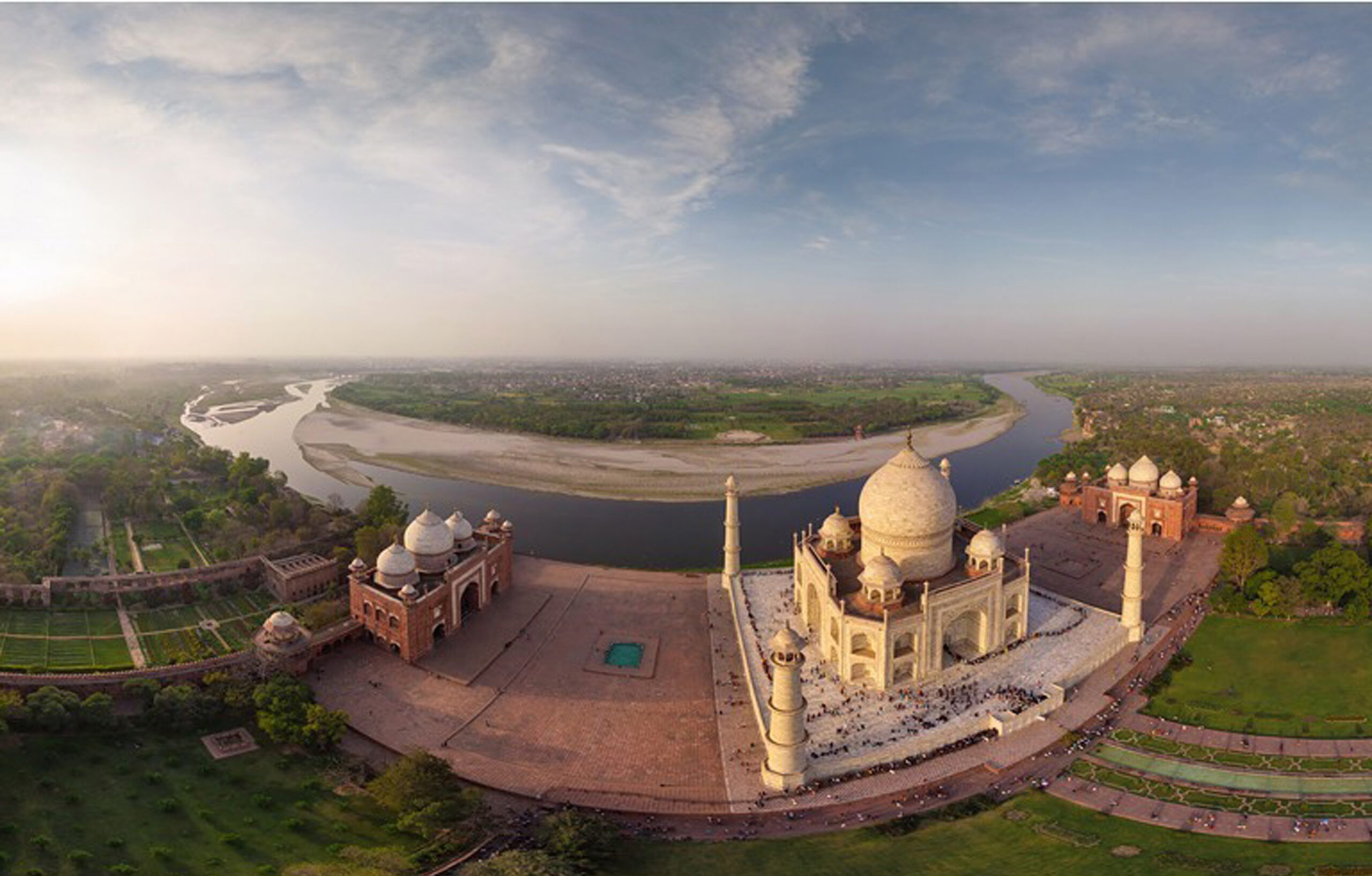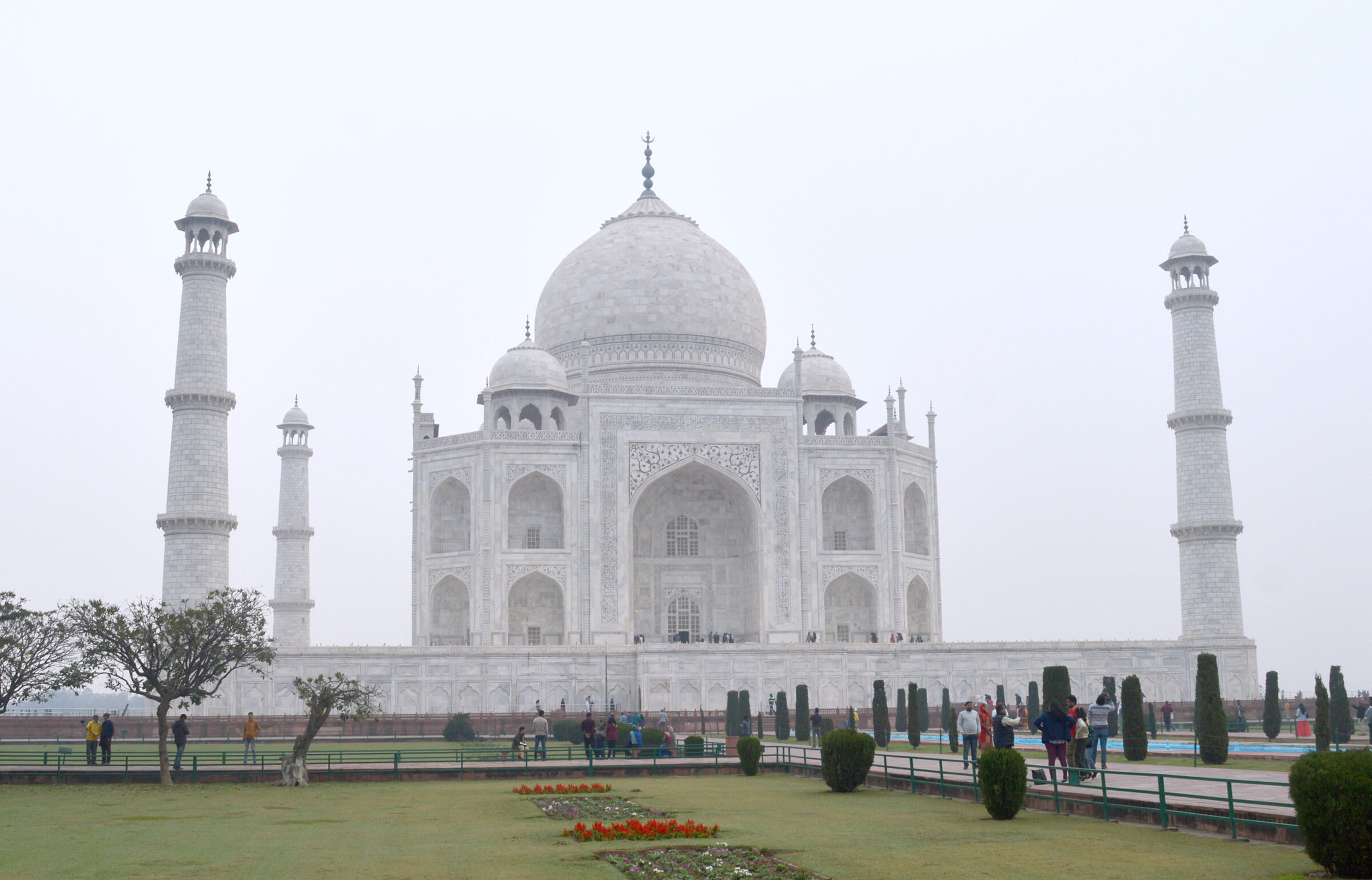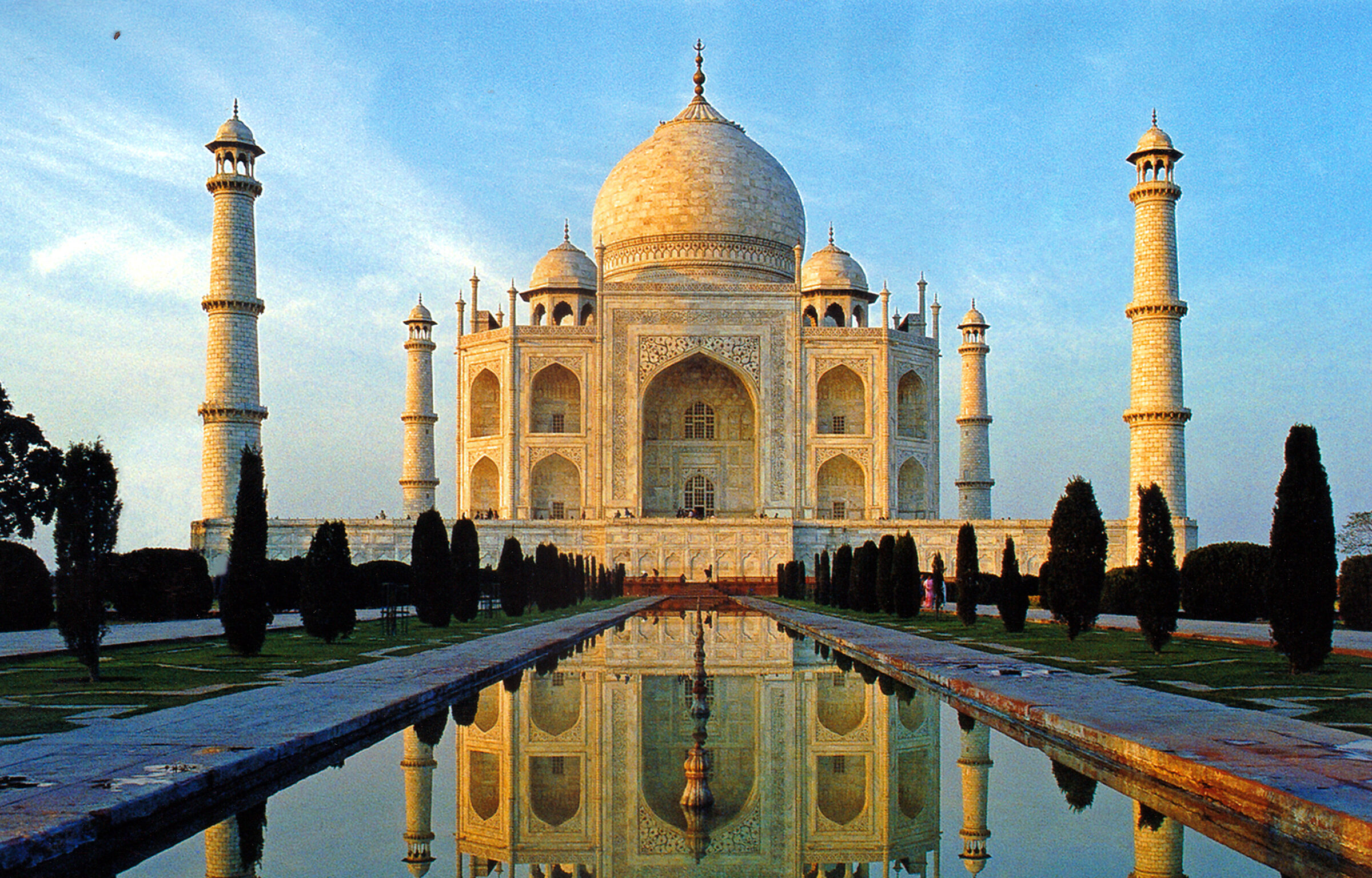Tour Program
Day 1: Pick Up + Delhi Sightseeing
Your adventure begins with a convenient 9:00 AM pickup from your chosen location. Our driver will warmly welcome you and escort you on a fascinating journey through the contrasting worlds of Old and New Delhi. Along the way, a knowledgeable tour guide will join you, offering insights and assistance throughout the day.
- Old Delhi: The tour kicks off in the historic heart of the city. Here, you’ll be captivated by the grandeur of Jama Masjid, one of India’s largest mosques. Enjoy a unique rickshaw ride through the vibrant lanes of Chandni Chowk, and witness the majestic Red Fort, a symbol of India’s rich history.
- New Delhi: Moving to the more modern part of the city, you’ll explore remarkable sites including the serene Humayun’s Tomb, the iconic India Gate, and the impressive Parliament House. The tour also includes a visit to the towering Qutub Minar and the architecturally stunning Lotus Temple.
A delightful lunch break is scheduled amidst your sightseeing, giving you a chance to taste the local cuisine. After a day filled with discovery and exploration in Old and New Delhi, you’ll return to your hotel in Delhi for a restful overnight stay.
Day 2 – Journey from Delhi to Agra and Evening Sightseeing:
After breakfast, check out at 9 AM and begin the drive to Agra. Upon arrival, check into your hotel. In the evening, explore Itimad-Ud-Daulah, often referred to as the ‘Baby Taj,’ and visit Mehtab Bagh, known for its stunning sunset views. Conclude the day with an overnight stay in Agra.
After breakfast, check out at 9 AM and begin the drive to Agra. Upon arrival, check into your hotel. In the evening, explore Itimad-Ud-Daulah, often referred to as the ‘Baby Taj,’ and visit Mehtab Bagh, known for its stunning sunset views. Conclude the day with an overnight stay in Agra.
Day 3 – Morning at Taj Mahal and Travel to Jaipur:
Start early with a sunrise visit to the iconic Taj Mahal. Return to the hotel for breakfast and then check out. Visit Agra Fort, another architectural marvel. Afterwards, drive to Jaipur, stopping en route to explore Fatehpur Sikri. On arrival in Jaipur, check into your hotel for the night.
Start early with a sunrise visit to the iconic Taj Mahal. Return to the hotel for breakfast and then check out. Visit Agra Fort, another architectural marvel. Afterwards, drive to Jaipur, stopping en route to explore Fatehpur Sikri. On arrival in Jaipur, check into your hotel for the night.
Day 4 – Exploring Jaipur:
Following breakfast, check out and embark on a Jaipur city tour. Visit the majestic Amber Fort with an elephant ride, see the Jal Mahal, Hawa Mahal, City Palace (optional), and Jantar Mantar. Also visit the Monkey Temple. After a day of sightseeing, return to the hotel for an overnight stay in Jaipur.
Following breakfast, check out and embark on a Jaipur city tour. Visit the majestic Amber Fort with an elephant ride, see the Jal Mahal, Hawa Mahal, City Palace (optional), and Jantar Mantar. Also visit the Monkey Temple. After a day of sightseeing, return to the hotel for an overnight stay in Jaipur.
Day 5 – Fly from Jaipur to Varanasi:
Post breakfast, check out and head to Jaipur Airport for your flight to Varanasi. Meet our representatives at Varanasi Airport and transfer to your hotel. Spend the night in Varanasi.
Post breakfast, check out and head to Jaipur Airport for your flight to Varanasi. Meet our representatives at Varanasi Airport and transfer to your hotel. Spend the night in Varanasi.
Day 6 – Varanasi City Tour:
Begin early at 6:00 am with a hotel pickup. Experience a tranquil boat ride on the holy Ganges, witnessing the city awaken. After returning to the hotel for breakfast, visit Sarnath Temple. Then, immerse yourself in the vibrant streets of Varanasi, exploring ancient alleys, temples, and markets. In the evening, attend the captivating Ganga Aarti ceremony on a boat ride. The tour concludes around 6:00 pm.
Begin early at 6:00 am with a hotel pickup. Experience a tranquil boat ride on the holy Ganges, witnessing the city awaken. After returning to the hotel for breakfast, visit Sarnath Temple. Then, immerse yourself in the vibrant streets of Varanasi, exploring ancient alleys, temples, and markets. In the evening, attend the captivating Ganga Aarti ceremony on a boat ride. The tour concludes around 6:00 pm.
Day 7 – Departure from Varanasi:
After breakfast and hotel check-out, we’ll arrange your transfer to Varanasi Airport based on your flight schedule, for your return journey to Delhi and onward travel.
After breakfast and hotel check-out, we’ll arrange your transfer to Varanasi Airport based on your flight schedule, for your return journey to Delhi and onward travel.






